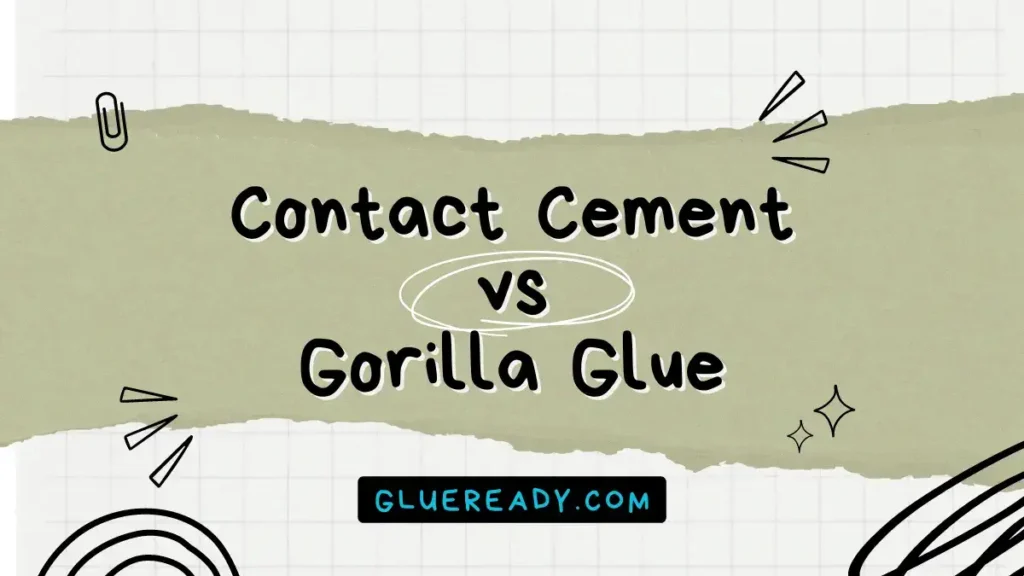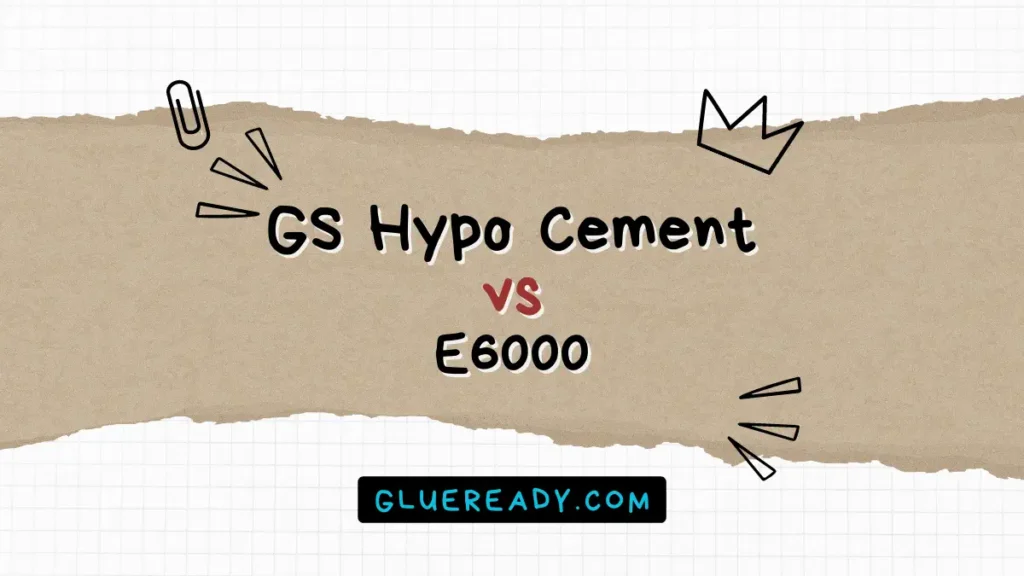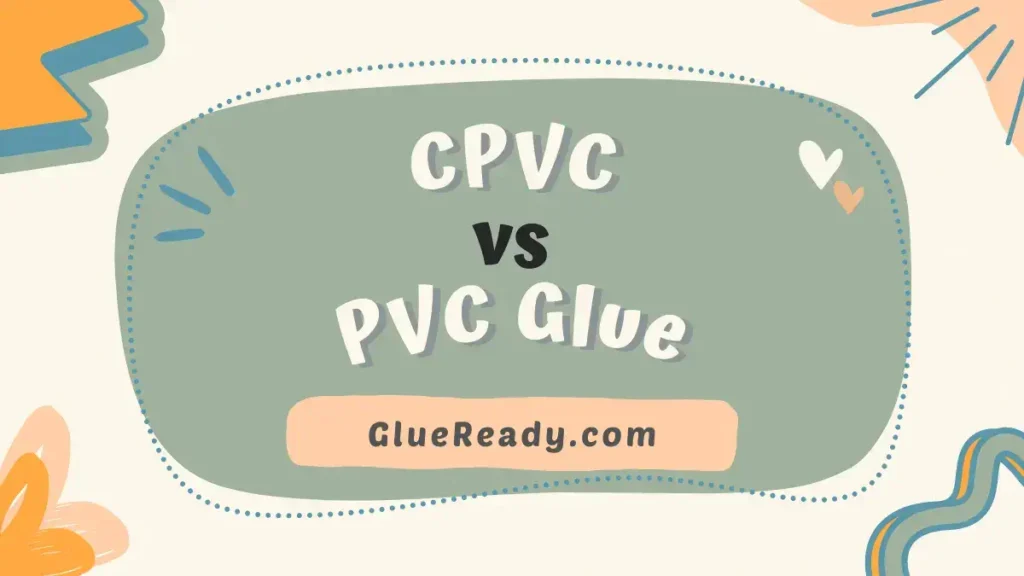Shoe Goo vs Shoe Goo 2 | The Definitive Comparison

If you love your shoes, you probably want to keep them in good shape for as long as possible. But sometimes, accidents happen, and your shoes get damaged or worn out.
That’s when you need a product that can help you repair and protect your footwear, such as Shoe Goo or Shoe Goo 2.
Shoe Goo and Shoe Goo 2 are both products made by Eclectic Products, a company that specializes in adhesives and sealants for various purposes.
But what are the differences between Shoe Goo and Shoe Goo 2? And which one should you choose for your shoe repair needs?
In this article, I will compare shoe goo vs shoe goo 2 and help you make an informed decision.
Read More: Shoe Goo Review
What is Shoe Goo?
There are a number of components of your shoes that can be repaired with Shoe Goo, a type of rubber cement. It works well with various materials like leather, rubber, vinyl, and canvas.
You can use Shoe Goo to reattach the soles of your shoes, fix holes and tears in the fabric, or create a protective layer on the tip or heel of your shoes.
It is water-resistant once cured, so you can use it for shoes that you wear in wet or rainy conditions.
Shoe Goo is also ideal for shoes that you use for recreational or casual sports, as it can withstand abrasion and impact.
It is composed of toluene, styrene-butadiene, and solvent naphtha. It has a high viscosity, which means it is thick and sticky.
It also skins over quickly, which means it forms a thin layer on the surface soon after application. This makes Shoe Goo easy to work with, as you can apply it directly to the surfaces to be bonded or repaired.
However, it also means that you have to work fast and accurately, as you have less time to adjust or correct any mistakes.

Read More: Shoe Goo vs Rubber Cement
What is Shoe Goo 2?
There is also Shoe Goo 2 offered by Eclectic Products for shoe repair. In most ways, it works like Shoe Goo, but there are a few minor differences.
A difference between Shoe Goo 2 and the original is that Shoe Goo 2 has a reduced odor. This makes it more pleasant to use, especially if you are sensitive to strong smells.
It works well with a variety of materials, including rubber, suede, canvas, leather, and fabric. You can use it to repair or protect your shoes in the same way as Shoe Goo.
Shoe Goo 2 is also less viscous than the original, which is another difference from the original.
As, Shoe Goo 2 has a lower viscosity than the original, so it gives you more time to apply or correct errors. This can be an advantage if you need more flexibility or precision in your repair.

Shoe Goo vs Shoe Goo 2 Comparison Table
| Feature | Shoe Goo | Shoe Goo 2 |
| Odor | High | Low |
| Viscosity | High | Low |
| Skinning Time | Fast | Slow |
| Curing Time | 24 to 48 hours. | 24 to 48 hours. |
| Density (lbs/gallon) | 7.5 | 8.9 |
| Viscosity (cps) | 170,000 | 50,000-60,000 |
| Water Resistance | Yes | Yes |
| UV Resistance | No | Yes |
| Material Compatibility | Leather, vinyl, rubber, canvas | Leather, rubber, canvas, suede, fabric |
What Are the Differences Between Shoe Goo and Shoe Goo 2?
Here are some key differences between Shoe Goo and Shoe Goo 2:
Odor
One of the main differences between Shoe Goo and Shoe Goo 2 is the odor. Shoe Goo has a strong smell that some people may find unpleasant or irritating.
Shoe Goo 2, on the other hand, has less odor than Shoe Goo. This means that you can use it indoors without worrying about the smell.
Quick Cure Time
One of the notable improvements in Shoe Goo 2 is its faster curing time.
This means that users can get back to wearing their repaired shoes sooner, without having to wait for an extended period.
This enhancement is especially advantageous for individuals with busy schedules or limited backup footwear options.
Viscosity
Another difference between Shoe Goo and Shoe Goo 2 is viscosity, which is the measure of how thick or thin a liquid is.
Shoe Goo has a high viscosity, which means it is thick and sticky. Shoe Goo 2 has a low viscosity, which means it is thinner and more fluid.
The viscosity of the product affects how easy it is to apply and how long it takes to dry.
Shoe Goo, being thicker, requires more pressure and precision to apply.
It also dries faster than Shoe Goo 2, which can be an advantage or a disadvantage depending on the situation.
If you want to fix something quickly, Shoe Goo may be better for you.
But if you want to have more time to adjust or correct errors, Shoe Goo 2 may be more suitable for you.
UV Resistance
Another difference between Shoe Goo and Shoe Goo 2 is UV resistance, which is the ability to withstand exposure to sunlight without fading or cracking.
Shoe Goo 2 has UV resistance, which means it can resist the harmful effects of the sun’s rays.
Shoe Goo does not have UV resistance, which means it may fade or crack over time if exposed to sunlight.
The UV resistance of the product affects how long it lasts and how well it protects your shoes.
If you use your shoes outdoors a lot, especially in sunny weather, Shoe Goo 2 may be a better choice for you. It will keep your shoes looking good and prevent further damage from the sun.
If you use your shoes indoors or in shady areas, Shoe Goo may be enough for you.
Compatibility
Another difference between Shoe Goo and Shoe Goo 2 is the compatibility with different materials.
Both products work well with most types of footwear, but there are some exceptions. For example, Shoe Goo works well with vinyl, while Shoe Goo 2 works well with suede.
The compatibility of the product affects how well it bonds and seals your shoes.
If you use the wrong product for your shoe material, you may end up with poor results or even damage your shoes further.
Therefore, it is important to check the label of the product and follow the instructions carefully before using it.
Read More: Barge Cement vs Shoe Goo
Frequently Asked Questions (FAQs)
Is There a Better Product Than Shoe Goo?
Yes, there are several products that are similar to Shoe Goo and can be used as alternatives.
Some of these products include Gorilla Glue, Boot-Fix Shoe Glue, Tuff Toe shoe protector, Fiebings leathercraft cement adhesive, Barge all-purpose waterproof glue, and more.
Read More: Shoe Goo vs Gorilla Glue
Can Shoe Goo Be Removed?
Yes, Shoe Goo can be removed.
The adhesive can be cleaned with small amounts of acetone or citrus-based solvents when it’s still uncured. The adhesive will ball up and brush off.
If the adhesive has already cured, it may be removed by scraping or cutting.
Final Thoughts
Shoe Goo and Shoe Goo 2 are both great products for repairing and protecting your shoes.
You may choose one based on your preferences and needs depending on their similarities and differences.
Ultimately, the best product for you depends on what kind of shoes you have, what kind of damage they have, and how you want to fix them.
Hopefully, my article has helped you to compare shoe goo vs shoe goo 2 effectively.






